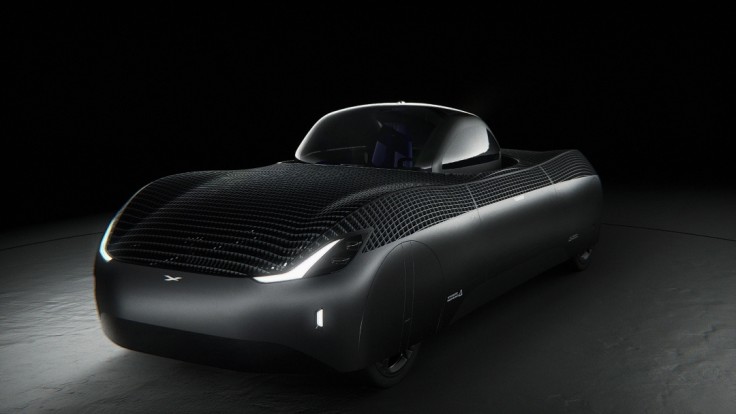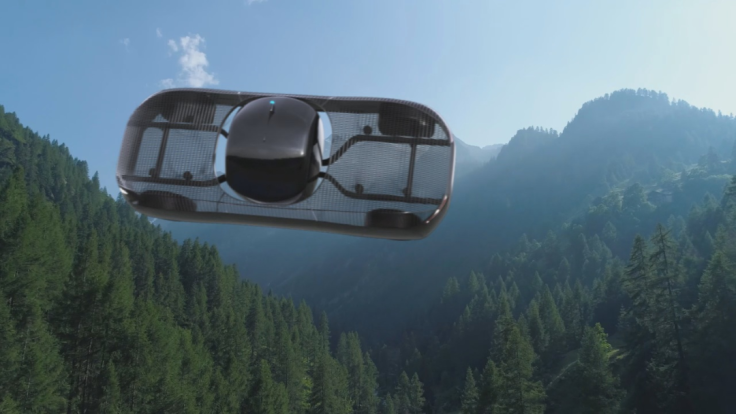We might see flying cars way sooner than we think.
The Federal Aviation Agency (FAA) recently certified an EV capable of flying and driving from a California startup company for testing, allowing it to be developed further along the way.
The company working on the flying car expects to sell and deliver working units by the end of 2025.
FAA Flying Car Approval Details

The FAA confirmed it had issued Alef Automotive, the California startup company in question, a special airworthiness certificate that allows it to test its flying vehicle, dubbed the "Model A," for limited purposes that include exhibition, research, and development, per CNN. The Model A's FAA certificate also limits the locations at which the car can fly in.
Alef mentioned that while its Model A flying car is not "the first aircraft of its kind," to get such a certificate, it is the first to function both on roads and in the air and appear like a typical car and park in a normal parking space. Many flying cars from overseas feature propellers sticking out of the car to take to the skies, as is the case of the Aska A5 flying car, or retractable wings like Klein Vision's AirCar.
Jim Dukhovny, Alef Automotive's CEO, believes that the Model A will bring people closer to an environmentally friendly and faster means of travel, savings individuals and companies hours each week.
"[The Model A] is one small step for planes, one giant leap for cars," Dukhovny added.
Alef Automotive expects to sell the vehicle for $300,000 each once tests and development are finished; it expects to make the first delivery at the end of 2025. Interested customers can pre-order their units for $150 or $1,500 for them to be prioritized.
How Does The Model A Fly?

The Model A, which has been backed by companies like SpaceX, per Business Insider, can drive on public roads and be parked like a normal car and has vertical takeoff and landing (VTOL) capabilities that allow it to take to the skies, allowing it to carry up to two passengers 200 miles away when on dry land and 110 miles away when flying.
The flying car comes with eight rotating blades that allow the car to take to the skies and eventually propel it forward once it is a few meters in the air, according to Newsweek. The cockpit then swivels to the side to keep passengers upright during the car's flight, while its carbon-fiber body turns over to its side to propel itself forward.
Once this process is complete, the car has become a biplane with a circular wing, with its "very specific body-wing geometry" allowing it to fly with limited resistance.
However, the Model A won't go as fast as other cars on the road - it can only go as fast as 25 miles per hour on a paved road; if the driver needs to go faster, they will have to use the Model A's flight capabilities. Regardless, the car still needs approval from the National Highway Traffic Safety Administration for it to be test driven on roads, to say nothing of it being driven on public roads.
Related Article : FAA Gets Sued for SpaceX's Environmental Damage in Florida









